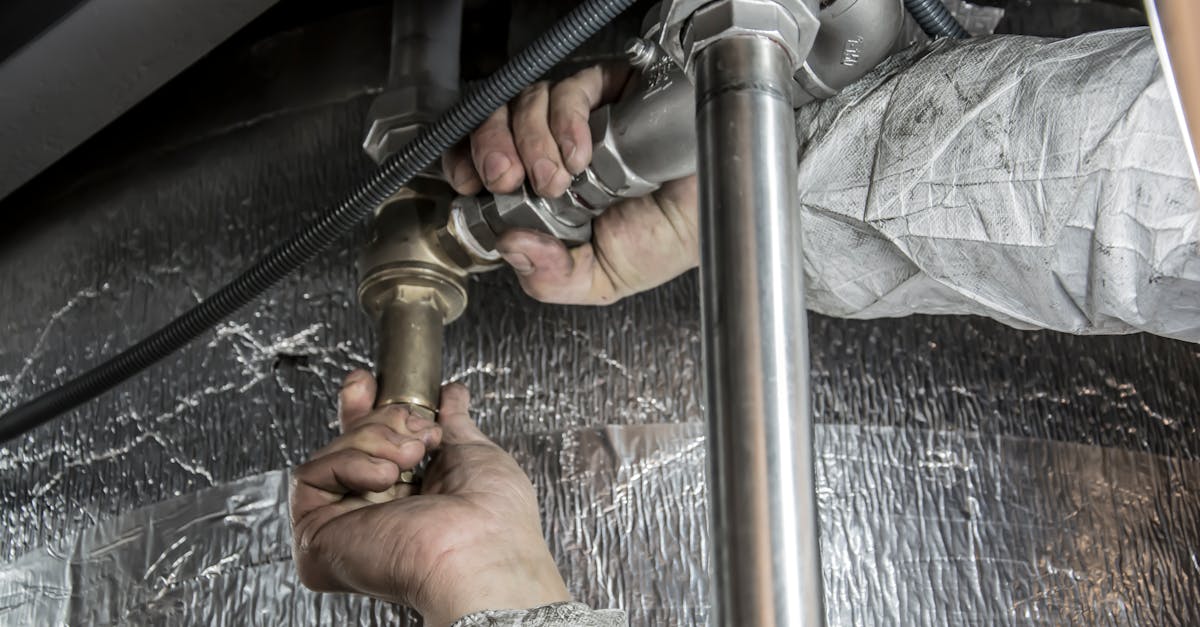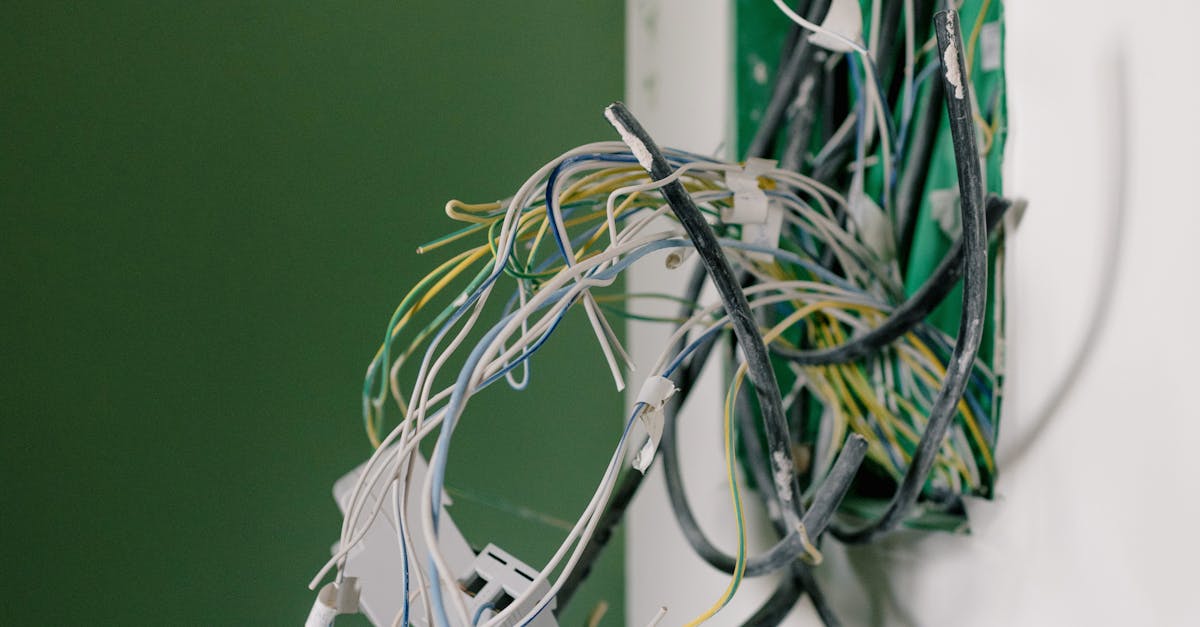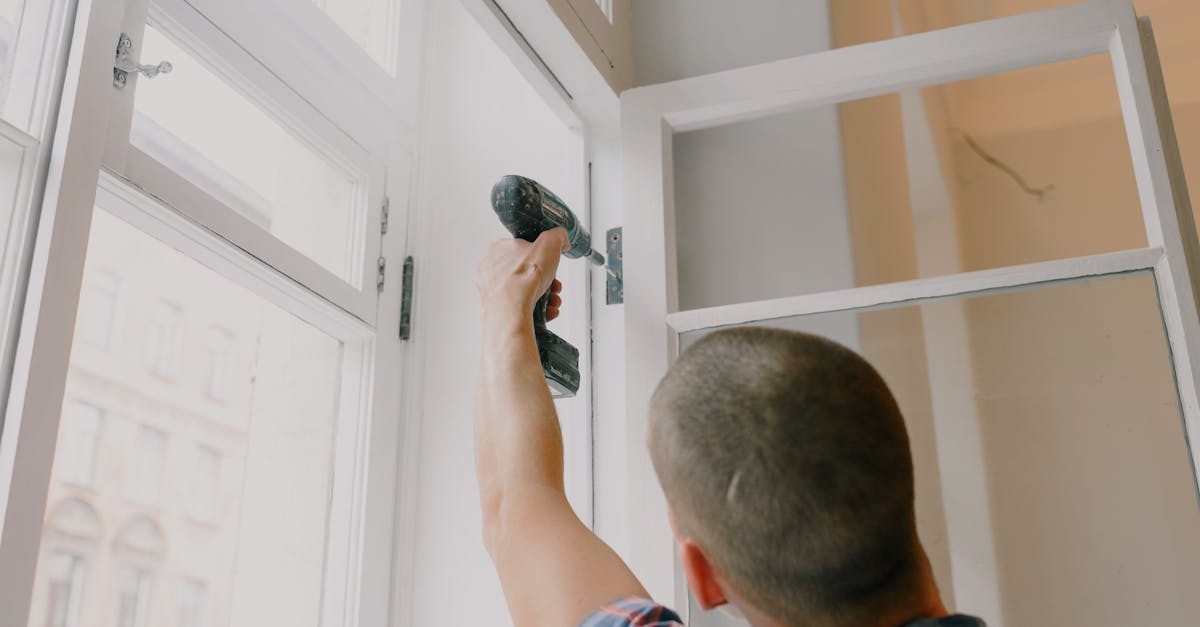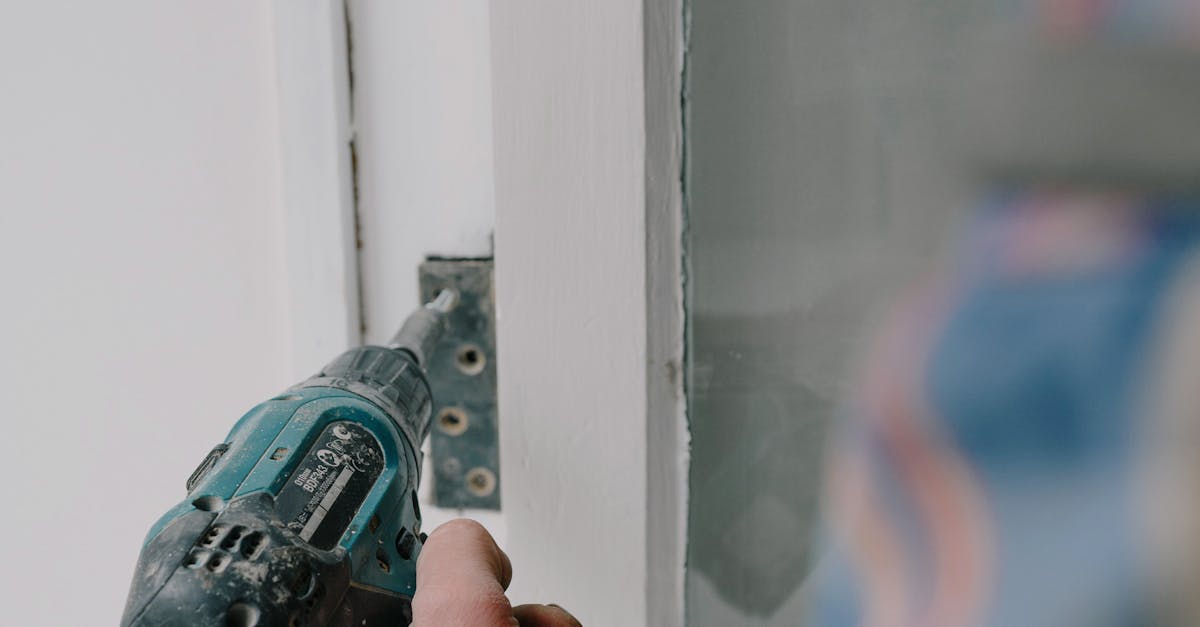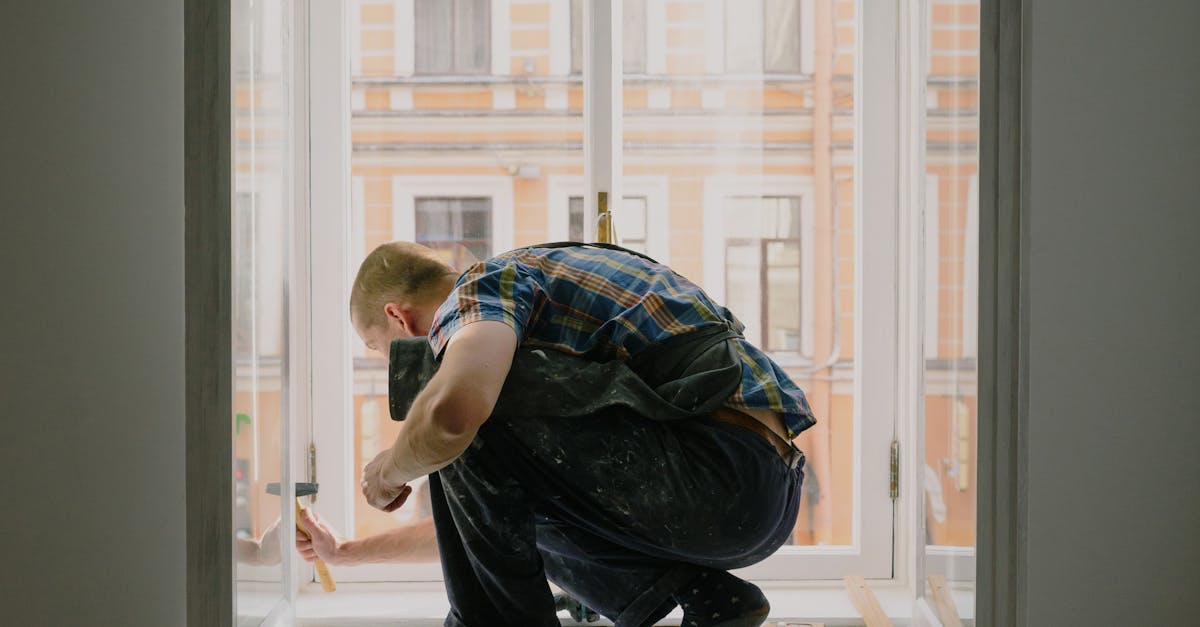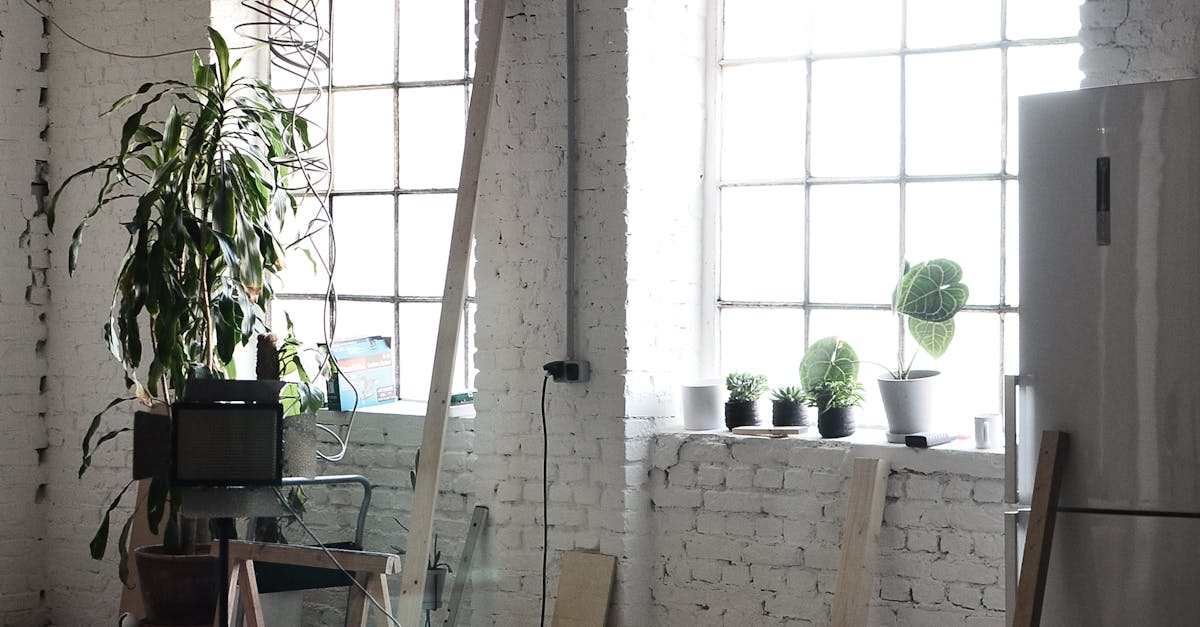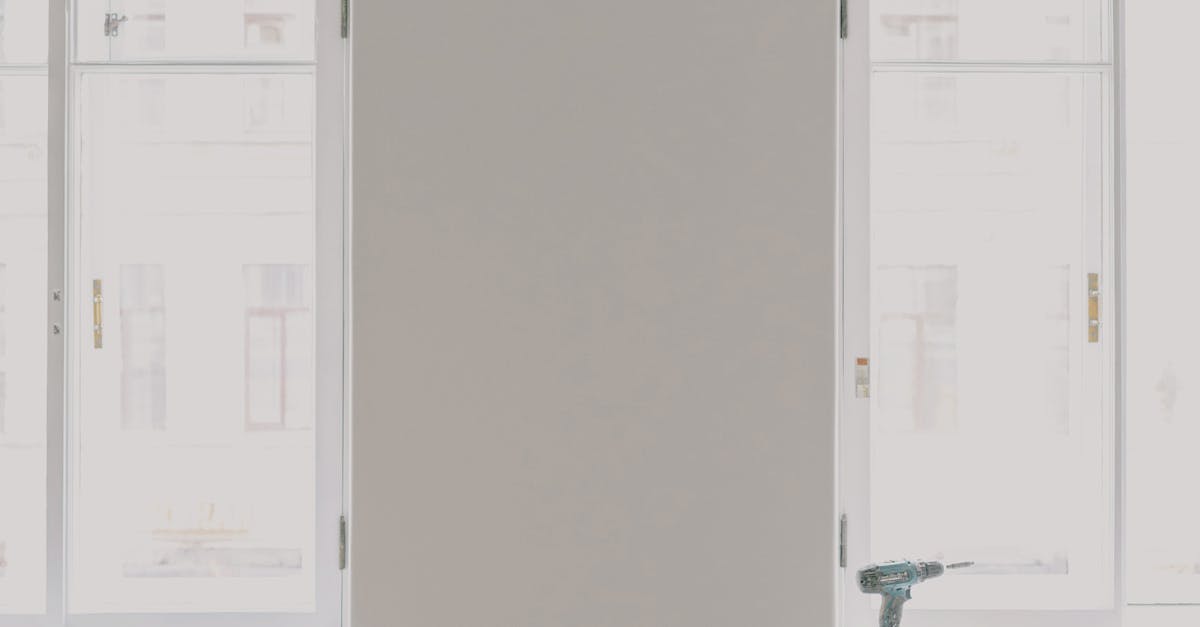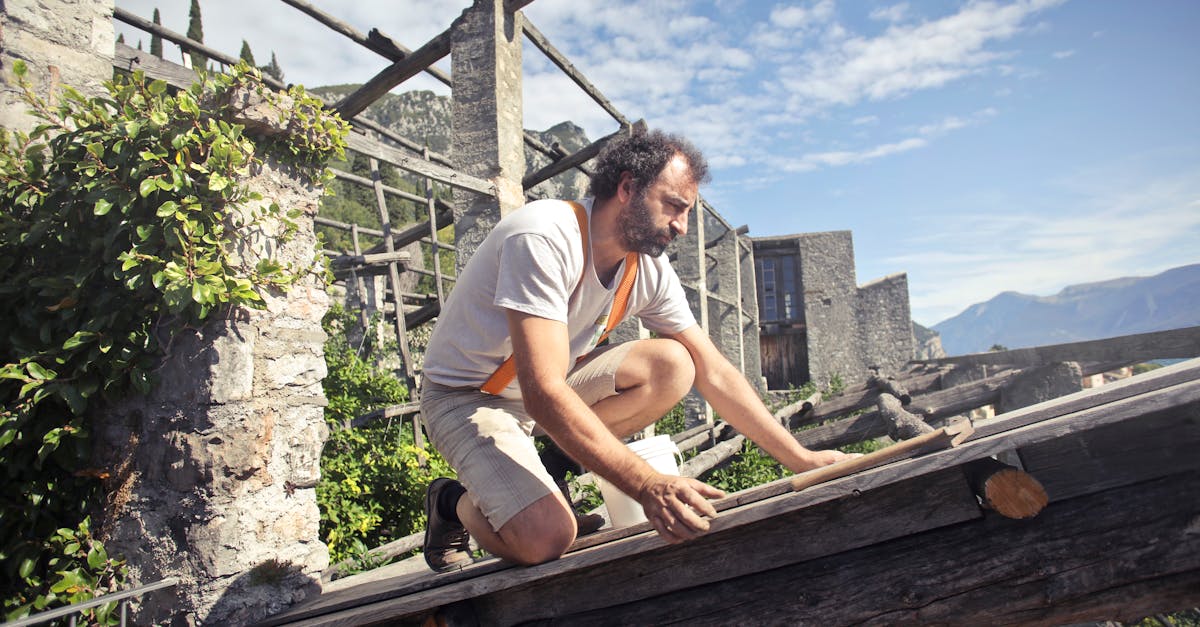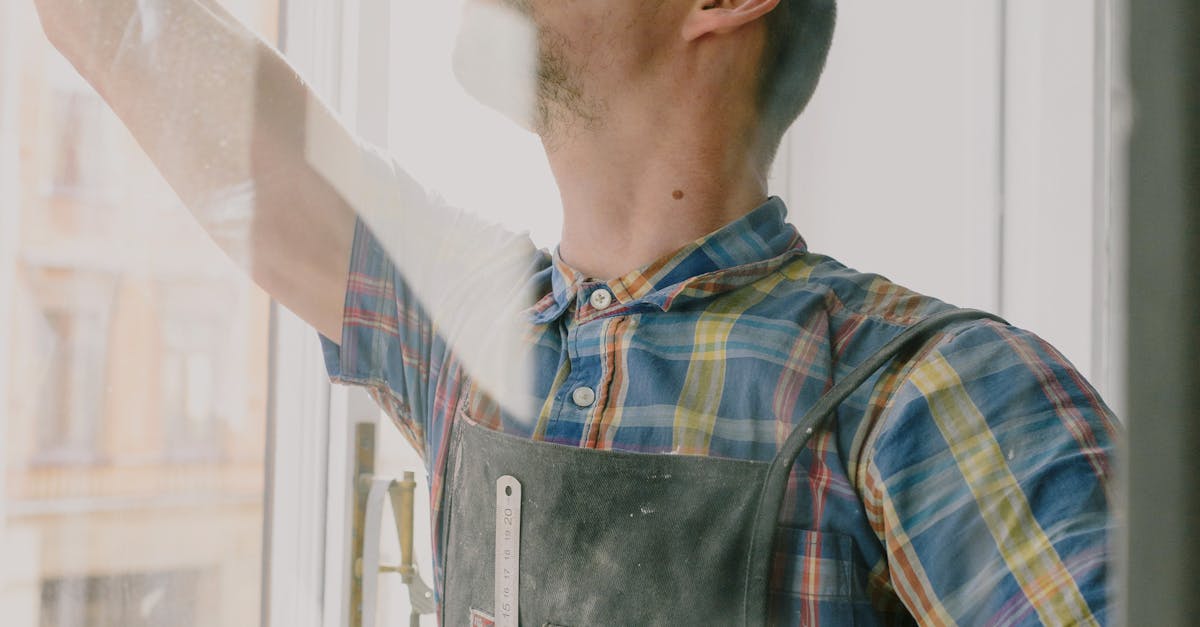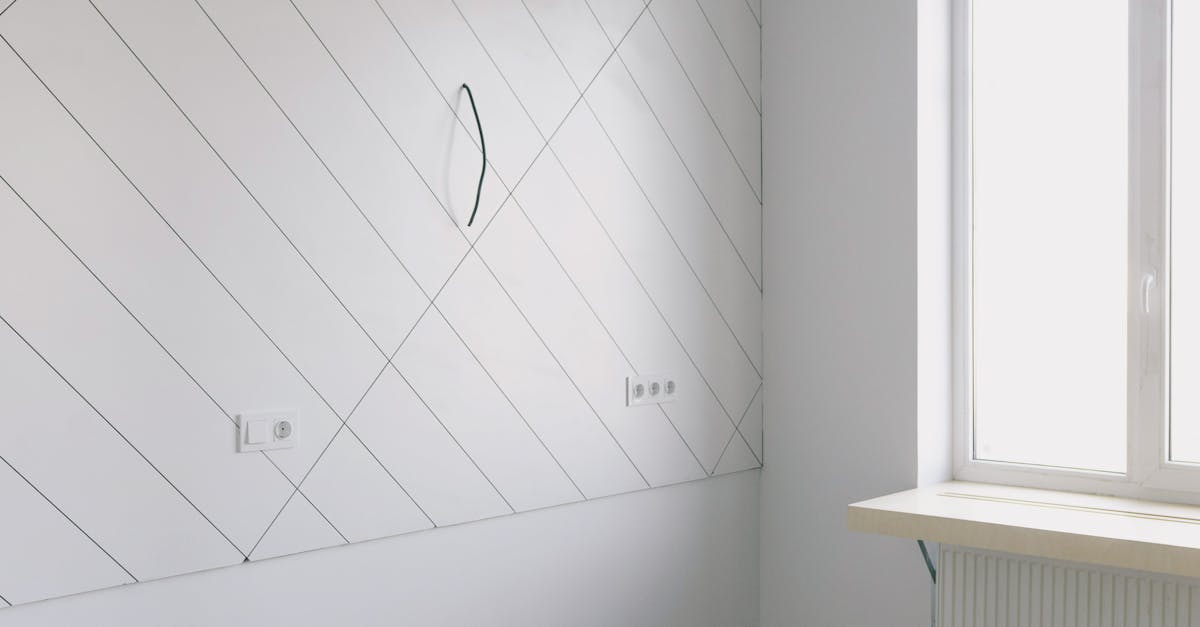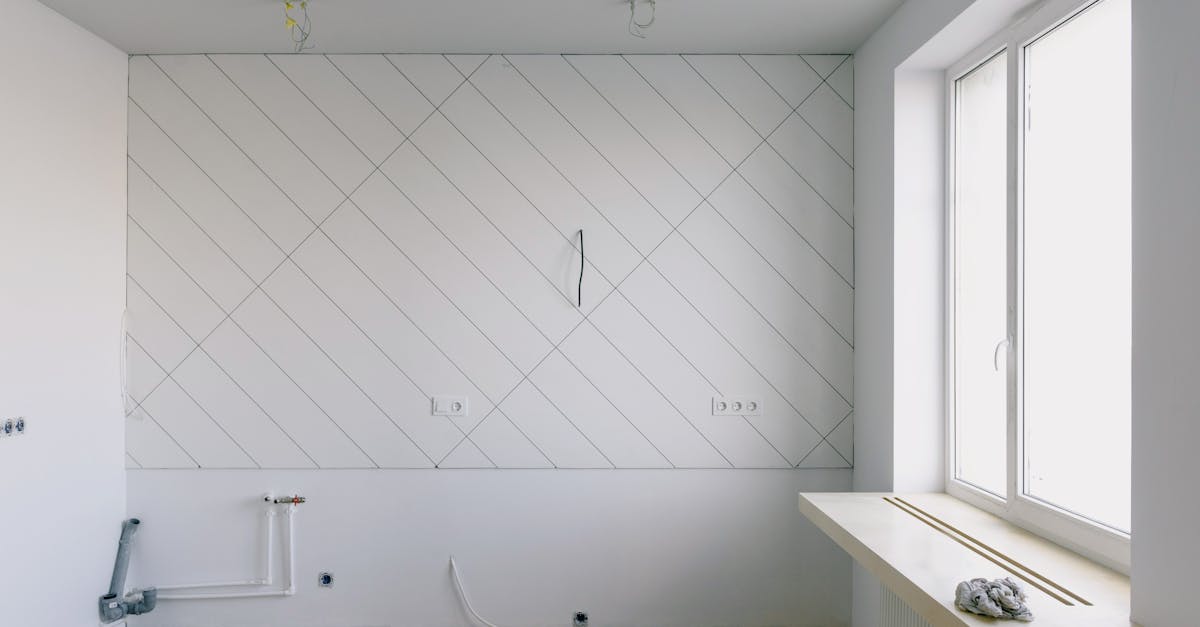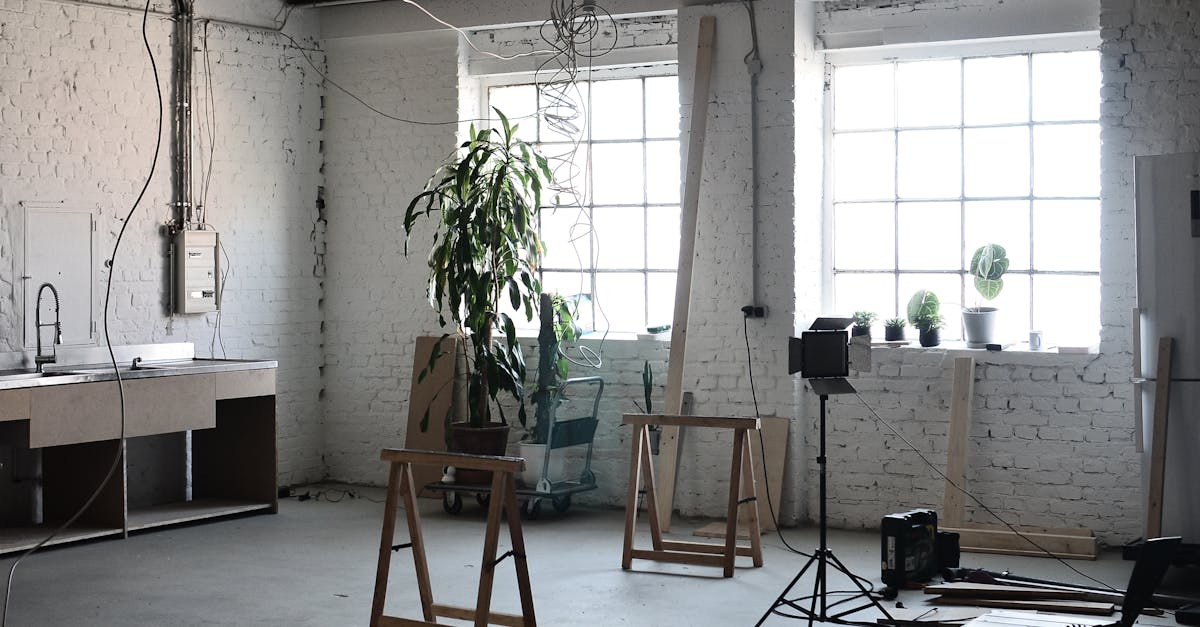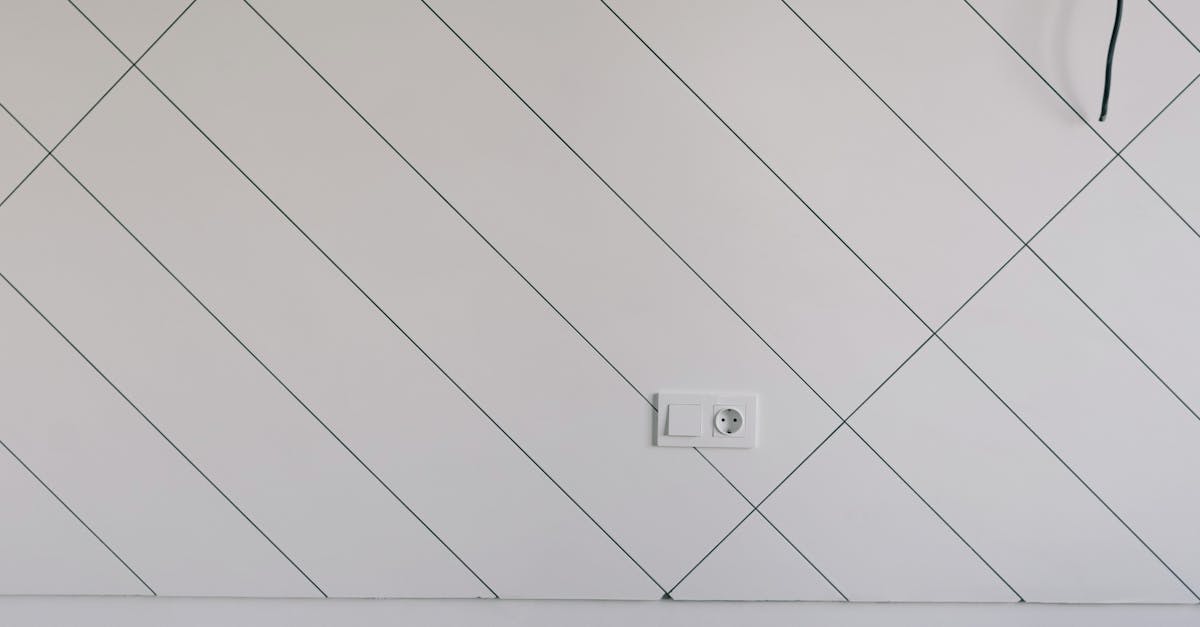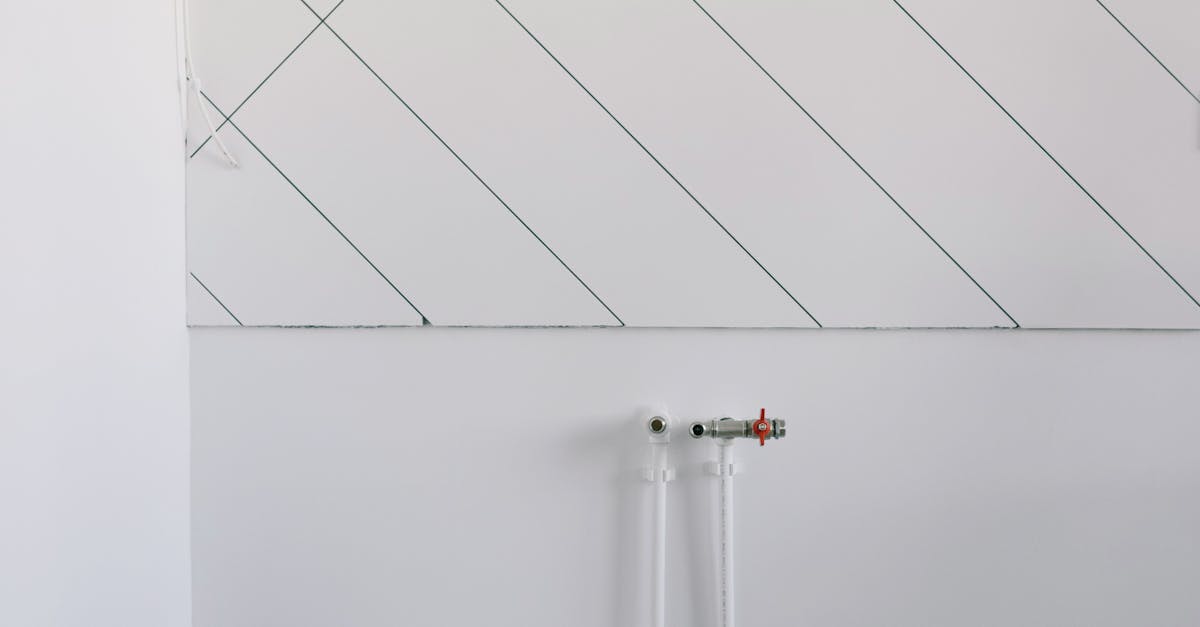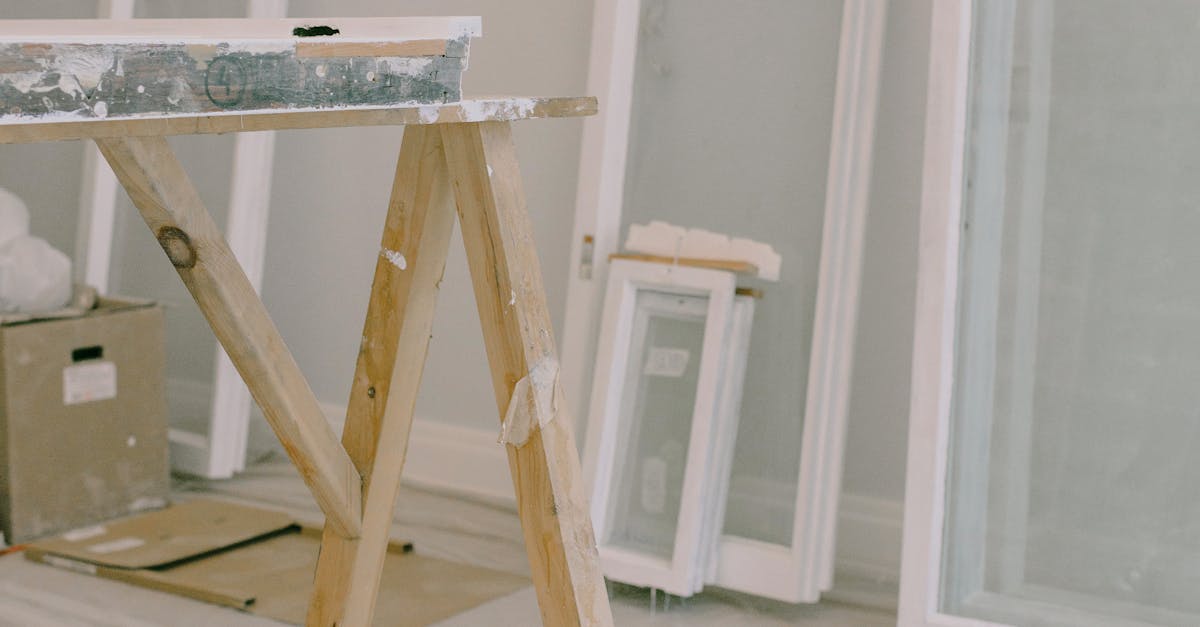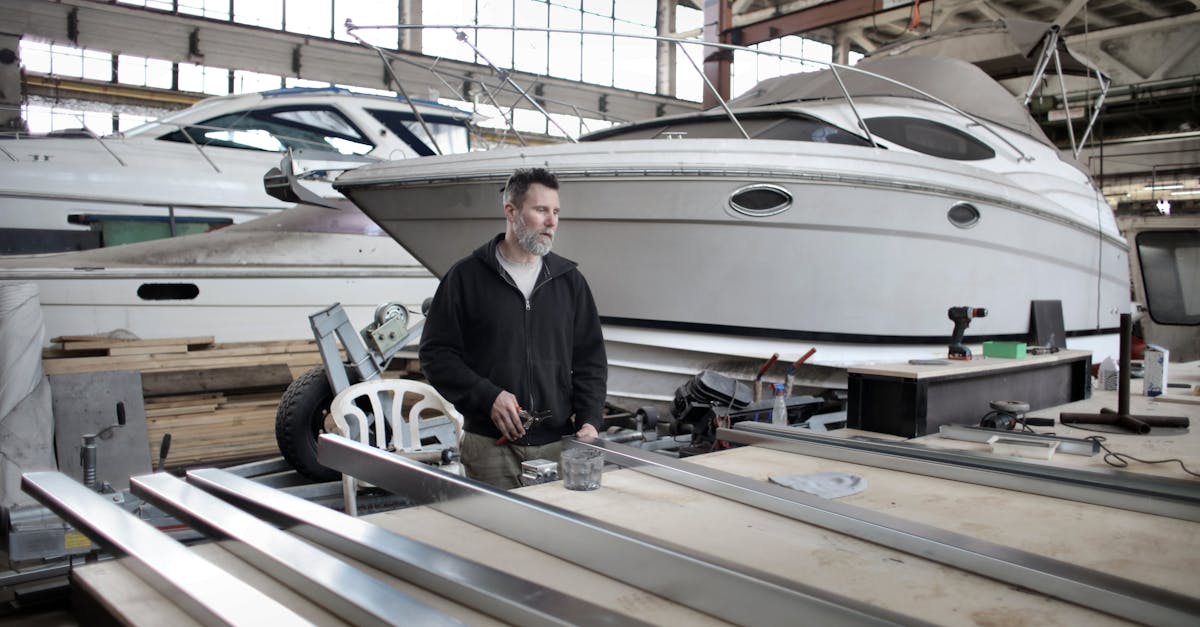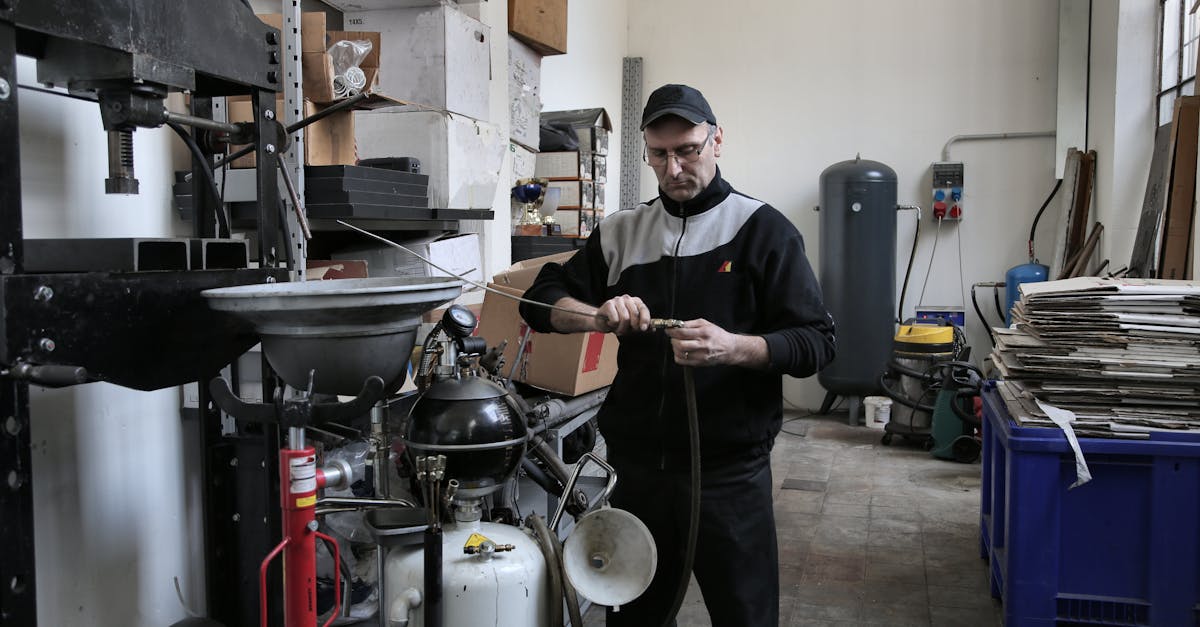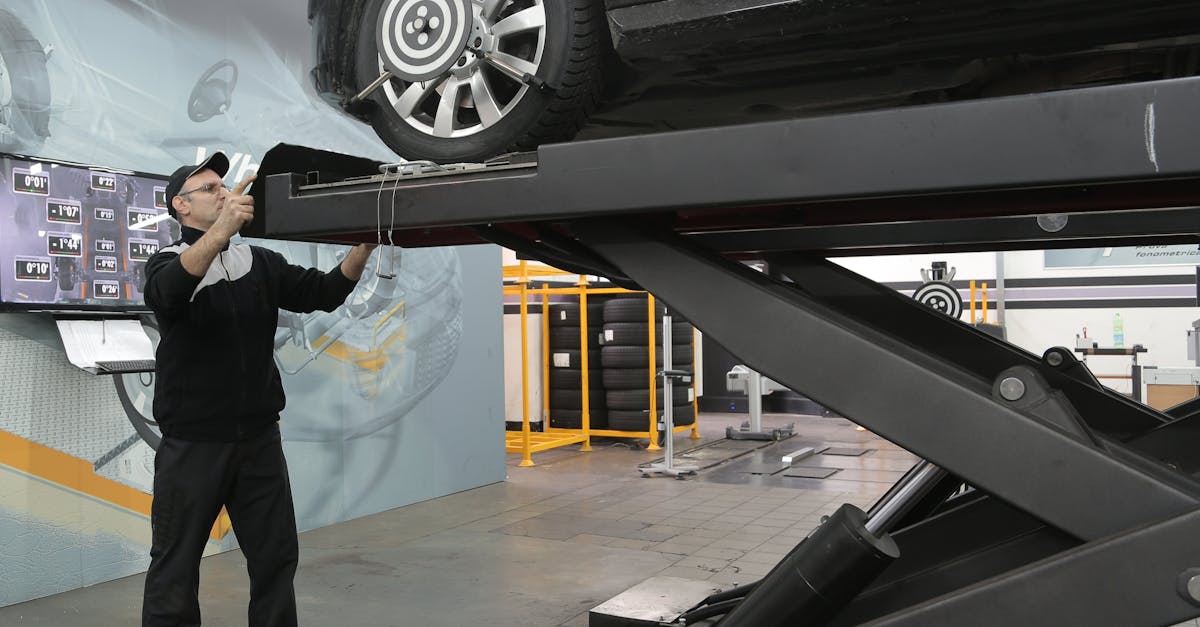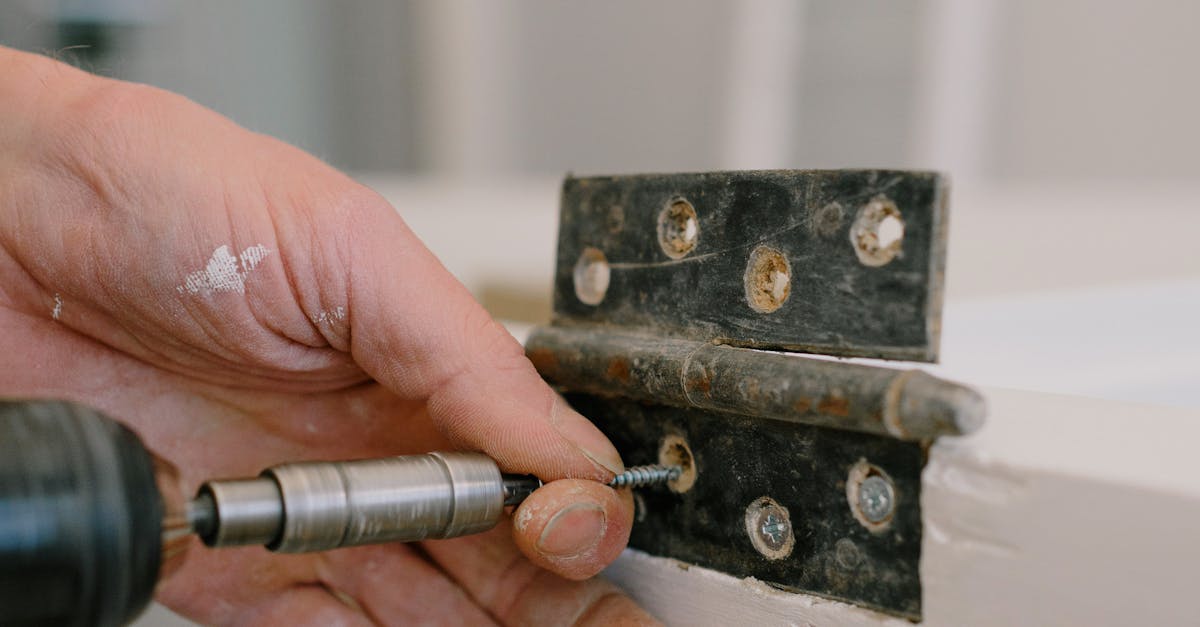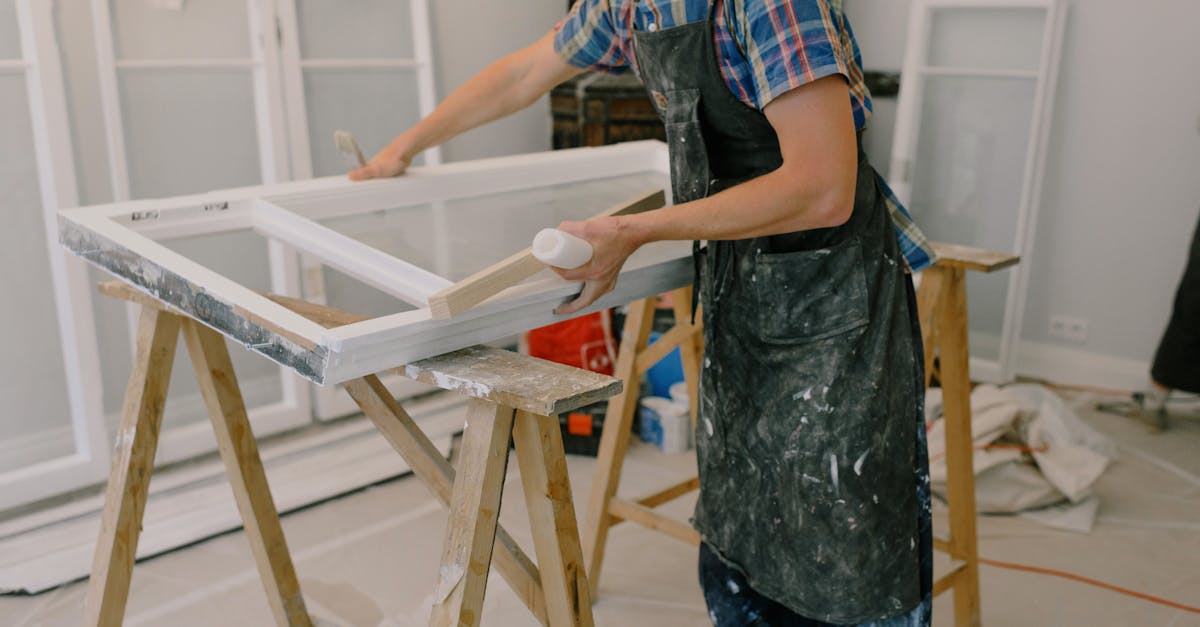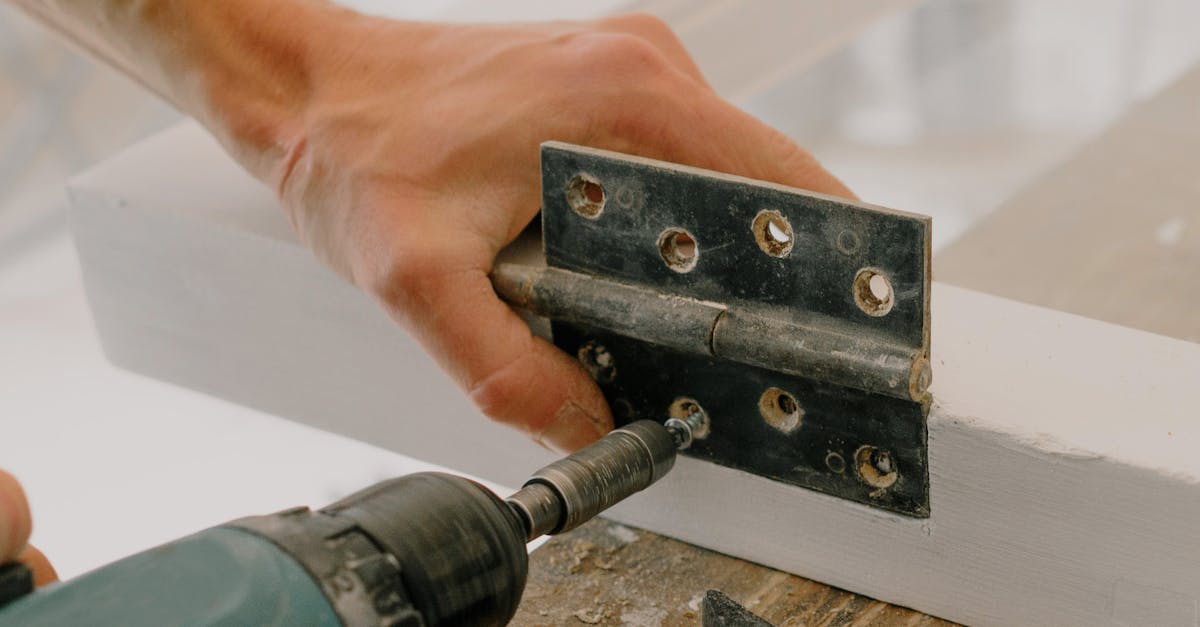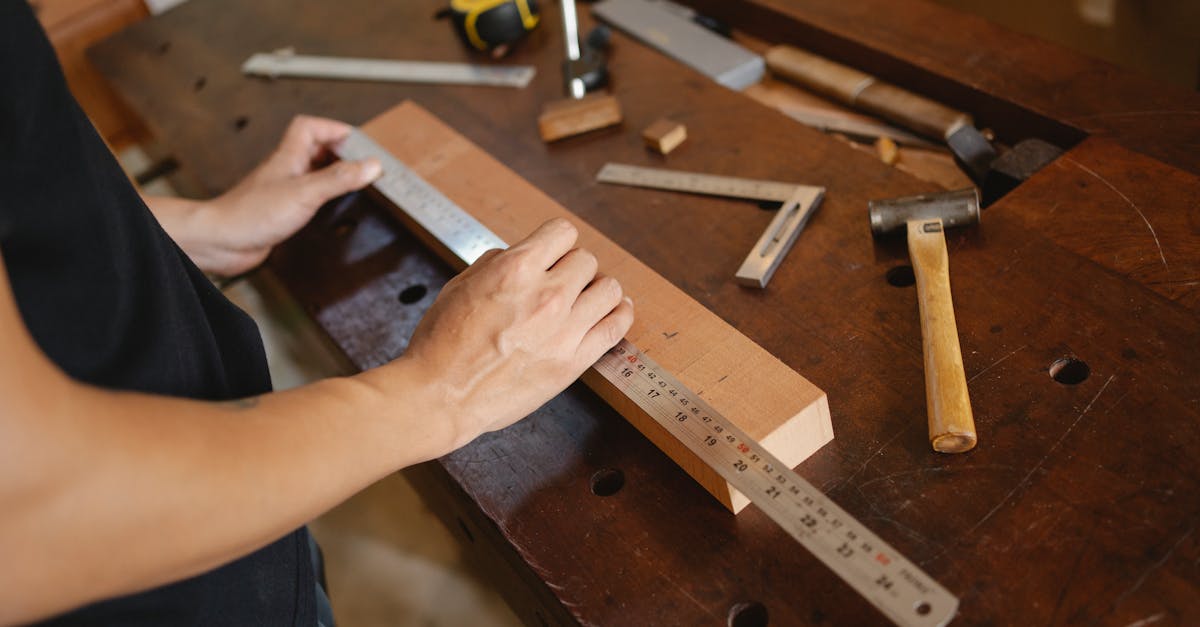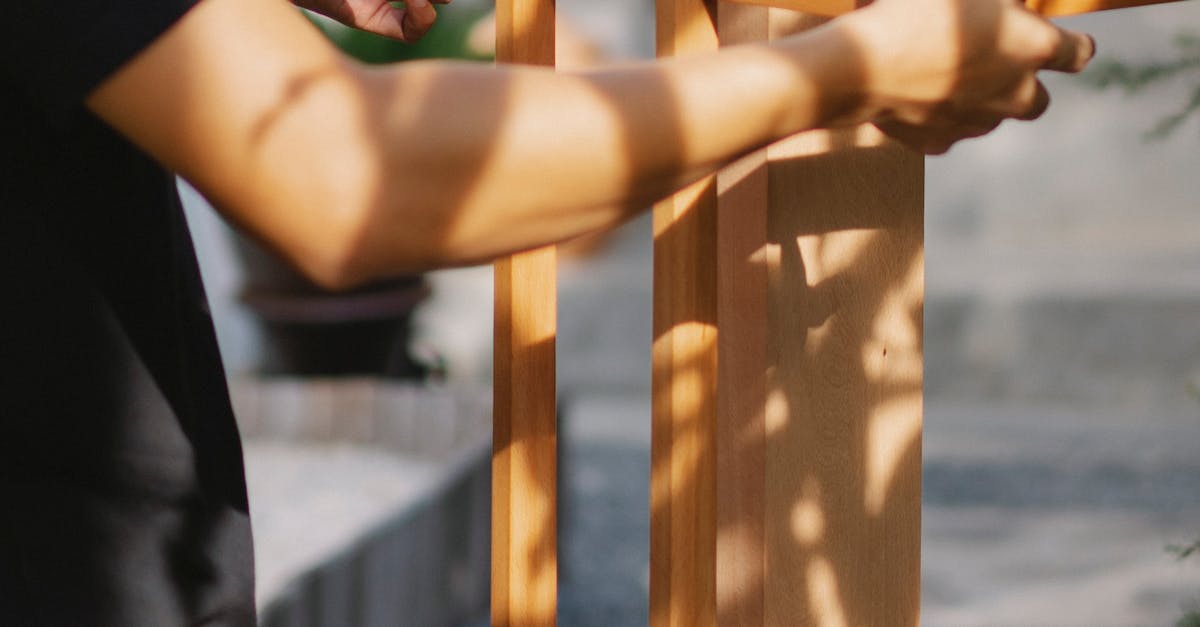
Table Of Contents
Temporary Fixes for Gas Line Issues
In the event of a gas line issue, immediate action is essential to prevent further damage or potential hazards. If you suspect a leak, the first step is to turn off the gas supply to your home. This action can significantly mitigate the risk of explosion or fire. You can apply a temporary seal using material like epoxy putty around the damaged section. However, this solution is purely for short-term use and should not substitute professional assistance.
After securing the gas supply, ensure adequate ventilation in the affected area by opening windows and doors to disperse any gas that may have accumulated. Using a mixture of soap and water, you can check for bubbles around joints and connections. This method helps to identify leak points before gas line installation and repair can be conducted. Remember, while these temporary fixes can help in an emergency, a licensed professional must address the issue comprehensively.
Quick Solutions Before Professional Help Arrives
When dealing with a broken gas line, immediate action is crucial. First, locate the main gas shut-off valve and turn it off to prevent gas from leaking into your property. Ventilate the area by opening doors and windows. If you can safely access the area around the break, try to minimise any further damage by covering the affected section with protective materials, ensuring no flammable items are nearby. It's essential to avoid using electrical devices or any ignition sources while handling a gas leak.
In situations where a temporary fix can offer some relief, consider using a specialist sealing tape designed for gas lines. This can help reduce the flow of gas until professional assistance arrives. Remember that gas line installation and repair should always be conducted by qualified technicians. Your safety is paramount, so refrain from attempting extensive repairs on your own and prioritise calling in a professional for a thorough assessment and complete repair.
The Repair Process Explained
A thorough inspection is the first step in the gas line repair process. Professionals assess the site to identify the extent of the damage and the exact location of the leak. This evaluation often involves using specialised equipment, such as gas detectors, to ensure no traces of gas remain. Once the problems are pinpointed, a plan for the repair is established, taking into consideration safety protocols and regulations.
After devising a strategy, the actual repair work begins. Depending on the severity of the damage, this may involve replacing sections of the gas line or sealing leaks with appropriate materials. During this phase, gas line installation and repair require strict adherence to local codes to ensure safety and compliance. Once repairs are completed, the system is thoroughly tested to confirm that it is functioning properly before being returned to service.
Steps Taken by Professionals
Professionals begin by assessing the situation, looking for visible signs of damage or leaks. They use specialised equipment to detect any gas escaping from the line, ensuring safety for everyone on the premises. After pinpointing the issue, they will isolate the gas supply to prevent further risks during the repair process. Following this, a thorough inspection of the affected area takes place to determine whether the damage can be fixed or if replacement is necessary.
Once the assessment is complete, the actual gas line installation and repair work begins. Technicians will not only repair or replace the damaged sections but also ensure that all connections are secure and up to code. After the repairs, they conduct extensive tests to confirm that the gas system functions correctly and without leaks. This rigorous approach guarantees a safe and efficient resolution to the problem.
Preventative Measures for Gas Line Maintenance
Regular maintenance of gas lines is essential to prevent future issues. Homeowners should schedule inspections with qualified professionals to identify potential weaknesses or signs of wear. These checks can include visual assessments of joints, connections, and the overall condition of existing lines. Ensuring that any vegetation or landscaping does not interfere with the gas lines can also help prevent unintended damage.
Gas line installation and repair should always be conducted by licensed technicians to ensure safety and compliance with local regulations. Homeowners can further protect their gas lines by being vigilant about changes in their homes, such as renovations that could affect line placement. Educating oneself about the common signs of gas leaks, like unusual odours or hissing sounds, can also aid in prompt detection and response to issues before they escalate.
Tips to Avoid Future Breaks
Regular maintenance of gas line systems is crucial to prevent future breaks. Homeowners should schedule inspections at least once a year to identify any potential issues early. Engaging professional services for gas line installation and repair ensures adherence to safety standards, which mitigates risks associated with leaks and malfunctions. Additionally, keep an eye on visible signage of wear and tear, such as rust or corrosion, as these could indicate a need for immediate attention.
It is also beneficial to educate yourself and your family about safe practices around gas lines. Ensure everyone knows how to identify the smell of gas and what actions to take if a leak is suspected. Installing carbon monoxide detectors provides an added layer of safety in case of unnoticed leaks. Investing in high-quality materials during gas line installation and repair can significantly reduce the likelihood of future breakages.
FAQS
Can I fix a broken gas line myself?
It is not advisable to attempt repairing a broken gas line yourself due to the potential dangers involved. Always seek assistance from a licensed professional.
What should I do if I smell gas?
If you smell gas, immediately evacuate the area, avoid using any electrical switches, and call your local gas company or emergency services to report the issue.
How can I identify a gas leak in my home?
Signs of a gas leak include a hissing or whistling sound near gas lines, a distinctive smell similar to rotten eggs, or dead vegetation around the pipeline. If you suspect a leak, contact a professional immediately.
What are the temporary fixes for a gas line issue?
Temporary fixes may include turning off the gas supply at the main valve and ensuring proper ventilation. However, these are not long-term solutions, and professional help should be sought as soon as possible.
How often should I have my gas lines inspected?
It is recommended to have your gas lines inspected at least once a year to ensure their integrity and safety, and more frequently if you notice any issues or changes in your gas usage.
